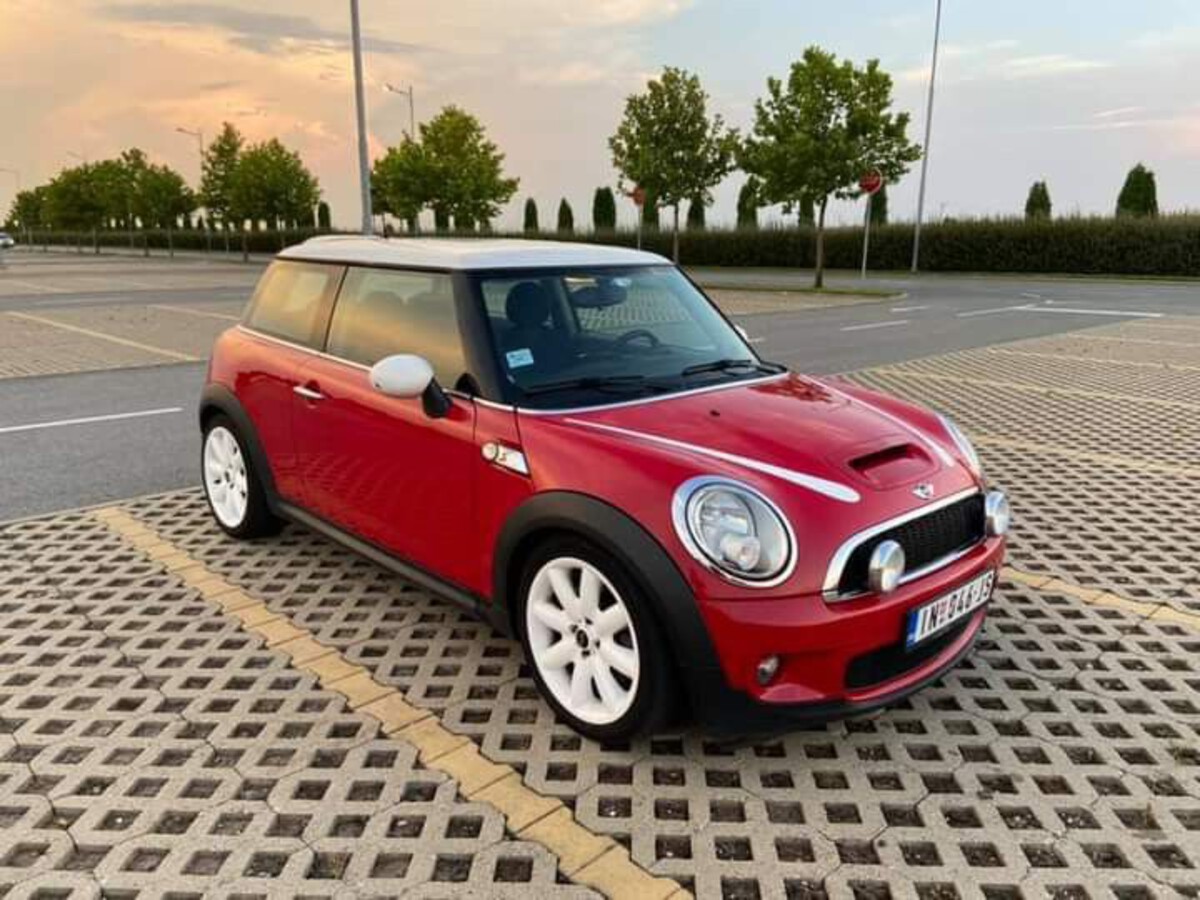City driving demands more from a car than just fuel efficiency. Tight streets, heavy traffic, endless stop-and-go, potholes, speed bumps, short trips, and parallel parking all take a serious toll on a vehicle over time.
Urban environments test durability in ways highways never do, which is why not every small or fuel-efficient car is cut out for the concrete jungle. The best city cars aren’t just compact—they’re rugged, easy to maintain, and ready to take abuse day in and day out.
This feature breaks city cars into two very different categories. First, we highlight five reliable city cars—models that excel in tight spaces and stand up to urban punishment.
These cars are built to be parked aggressively, driven in traffic daily, and still start up reliably the next morning with no drama. Then we flip the script to expose five city cars that simply can’t handle urban abuse.
Whether it’s fragile suspensions, unreliable electronics, or components that wear out too quickly under constant city strain, these cars were never meant to thrive in real-world traffic.
If you’re living the city life—or just need a second car for daily local use—this guide will help you avoid the headaches and find something that’s truly built for the streets.
Also Read: 5 GM Engines Mechanics Love and 5 They Avoid
5 Reliable City Cars
Not every car is built to survive the stress of city life. Congested roads, short stop-and-go trips, pothole-riddled streets, limited parking space, and frequent idling all put extra wear and tear on engines, brakes, suspensions, and transmissions.
That’s why reliability in an urban setting isn’t just about starting up—it’s about holding up. A true city car has to be compact, durable, and designed to handle repeated abuse without falling apart or draining your wallet with repairs.
The best city cars combine efficiency and practicality with long-term toughness. These are the models that take curb bumps without knocking your suspension loose, endure hundreds of daily gear changes without transmission failure, and let you park in tight alleys without worrying about cracked sensors or fragile body panels.
They also tend to have simple, proven drivetrains and low-cost parts that make maintenance and repairs affordable—a huge plus when you’re clocking low-speed miles every day.
We’ve selected five cars that stand out as urban champions. These aren’t necessarily the flashiest or most high-tech compacts, but they’ve proven themselves in the toughest of driving conditions: crowded downtowns, relentless stoplights, and uneven pavement. Each one offers reliability where it matters most—in daily use, under imperfect conditions.
This list is for anyone who lives in the heart of a city, works in a dense metro area, or just needs a secondary car for short, frequent errands.
Whether you’re navigating potholes in Brooklyn, dodging rickshaws in Delhi, or parking on the slopes of San Francisco, these cars are the ones you want under you.
Now let’s dig into five city warriors that combine tight turning radii, fuel efficiency, and long-term toughness. These are the reliable city cars you can count on to take the urban beating and keep going.
1. Honda Fit (2009–2019): Compact Size, Giant Reputation for Reliability
The Honda Fit isn’t just a good city car—it’s one of the best ever made for urban use. From 2009 to 2019, this subcompact hatchback built a loyal following for its incredible versatility, fuel efficiency, and above all, bulletproof reliability.
If you’re navigating tight streets, squeezing into narrow parking spots, or facing miles of daily stop-and-go traffic, the Fit is the car you want behind the wheel.
At just under 163 inches in length, the Fit is exceptionally maneuverable. Its tight turning radius and large windows make it perfect for urban parking and navigating alleys or dense neighborhoods. But it’s what’s under the skin that really earns it a spot on this list.
The Fit’s 1.5-liter four-cylinder engine—especially the earlier SOHC i-VTEC and later Earth Dreams variants—has proven to be one of Honda’s most durable small engines. It’s smooth, easy to maintain, and incredibly fuel-efficient even in brutal stop-start driving.
Unlike many city cars that rely on overcomplicated turbocharged or dual-clutch systems, the Fit is usually paired with either a reliable 5-speed automatic or manual transmission (2009–2013), or a well-sorted CVT (2015–2019) that holds up impressively well when maintained.
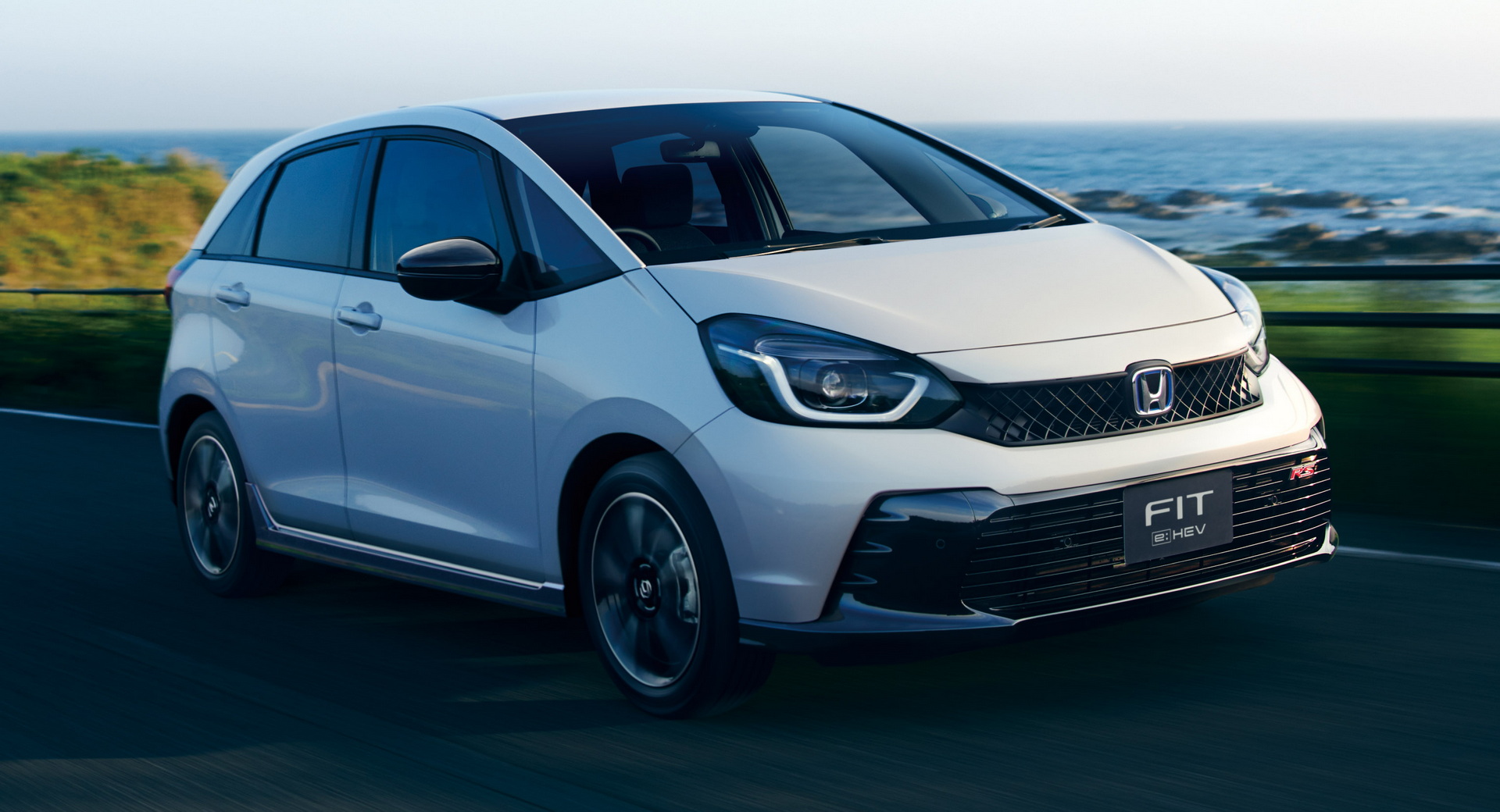
Another city-friendly feature is its suspension setup. The Fit handles potholes and uneven roads with surprising grace, and its low curb weight helps reduce long-term wear on shocks, struts, and bushings. Plus, repairs are generally cheap—an important factor when dealing with occasional city bumps and bruises.
Perhaps most impressive is the Fit’s interior flexibility. With Honda’s “Magic Seat” system, the rear seats fold completely flat or upward depending on your needs—letting you haul everything from groceries to bicycles with ease, all in a subcompact footprint.
The Fit also has a strong reputation for resisting city-specific issues like carbon buildup, overheating in traffic, or battery drain from short trips. It starts reliably, holds up to abuse, and rarely complains even when driven hard in tight quarters.
In short, the Honda Fit is the definition of a reliable city car. It thrives in urban chaos, shrugs off daily punishment, and keeps asking for more—all while sipping fuel and rarely visiting the mechanic. It’s compact motoring done right.
2. Toyota Yaris (2007–2020): Simple, Durable, and Built for the Urban Grind
The Toyota Yaris might not win any beauty contests or excite driving enthusiasts, but for pure urban reliability, it’s nearly unbeatable. From 2007 to 2020, this subcompact car quietly built a reputation as a dependable workhorse, tailor-made for city life.
Whether you’re navigating packed streets, making tight U-turns, or enduring endless red lights, the Yaris is a car that just keeps going—and that’s exactly what makes it one of the most reliable city cars ever built.
Its size is perfect for urban use. The Yaris’s short wheelbase, small turning radius, and light steering make it incredibly nimble in traffic. Parallel parking? It’s a breeze. Tight garage? No problem. And with excellent visibility all around, you rarely feel boxed in.
What really earns the Yaris its reputation, though, is what’s under the hood. Powered by a naturally aspirated 1.5-liter four-cylinder engine (1NZ-FE in earlier models, later versions got updates but remained simple), the Yaris avoids the complications of turbocharging or direct injection.
This engine is legendary for its longevity, often surpassing 200,000 miles with little more than regular oil changes and basic upkeep. It tolerates abuse, short trips, and frequent idling—everything city driving throws at it.
Transmission options have included a basic 4-speed automatic and a 5-speed manual in earlier models—both of which are known for their simplicity and long life.
Even the newer CVT in the later 2015–2020 models holds up well in urban conditions when maintained properly.
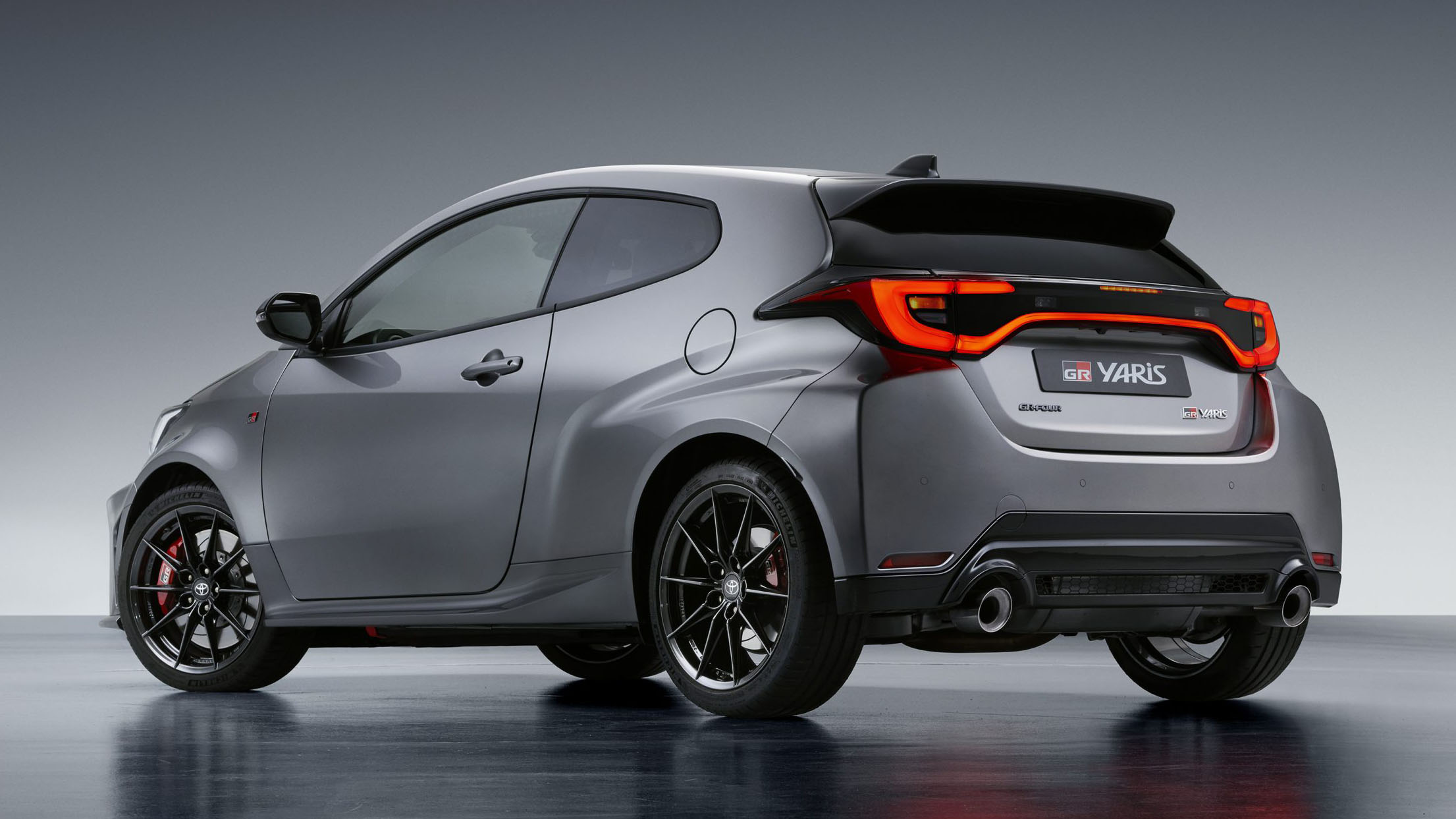
The suspension is soft enough to absorb potholes without punishing occupants, yet durable enough to withstand years of curb hits and rough pavement.
Brake components, steering systems, and electrical parts are all overbuilt for a car this size, helping the Yaris resist the mechanical fatigue that often takes down other compacts.
Repairs are rare and inexpensive, and parts are plentiful. The Yaris also has a low theft rate, making it ideal for city dwellers who park on the street.
While it may not have the flash or features of a newer hatchback, the Toyota Yaris is everything a city car should be—compact, resilient, efficient, and completely unbothered by the daily grind. It’s a car you can trust in stop-and-go chaos, day after day.
3. Kia Soul (2010–2019): Boxy, Roomy, and Surprisingly Tough in the City
The Kia Soul might look quirky on the outside, but under its funky design lies one of the most underrated and reliable city cars of the past decade.
Spanning two solid generations from 2010 to 2019, the Soul has earned a reputation for withstanding the daily punishment of urban life while offering more space and comfort than most subcompacts.
Its upright shape isn’t just for style—it provides unmatched practicality in a city-friendly footprint. At just over 163 inches long, the Soul is easy to maneuver and park, yet thanks to its boxy roofline and tall cabin, it feels far roomier than its dimensions suggest.
That extra vertical space is perfect for tall passengers or bulky cargo—ideal for grocery runs, gym trips, or rideshare duty in the city.
Powering most Souls in this era are naturally aspirated 1.6- and 2.0-liter engines. These motors, paired with 6-speed automatics or manuals in earlier years, are simple, proven, and built to last.
They’re not fast, but they’re consistent—and that’s what matters in city driving. Later versions (especially after 2014) introduced a more refined 2.0-liter engine that continued Kia’s trend toward mechanical reliability without overcomplicating the design.
What makes the Soul particularly great for city life is how well it takes abuse. The suspension is soft enough to absorb city potholes, and the tall ride height gives drivers excellent visibility and curb clearance—something most subcompacts struggle with.
Door dings, tight corners, and low-speed impacts are less of a concern thanks to the Soul’s wide stance and resilient build.
Another plus: maintenance is cheap. Kia kept the mechanical layout simple, meaning brake jobs, oil changes, and spark plug replacements don’t cost a fortune.
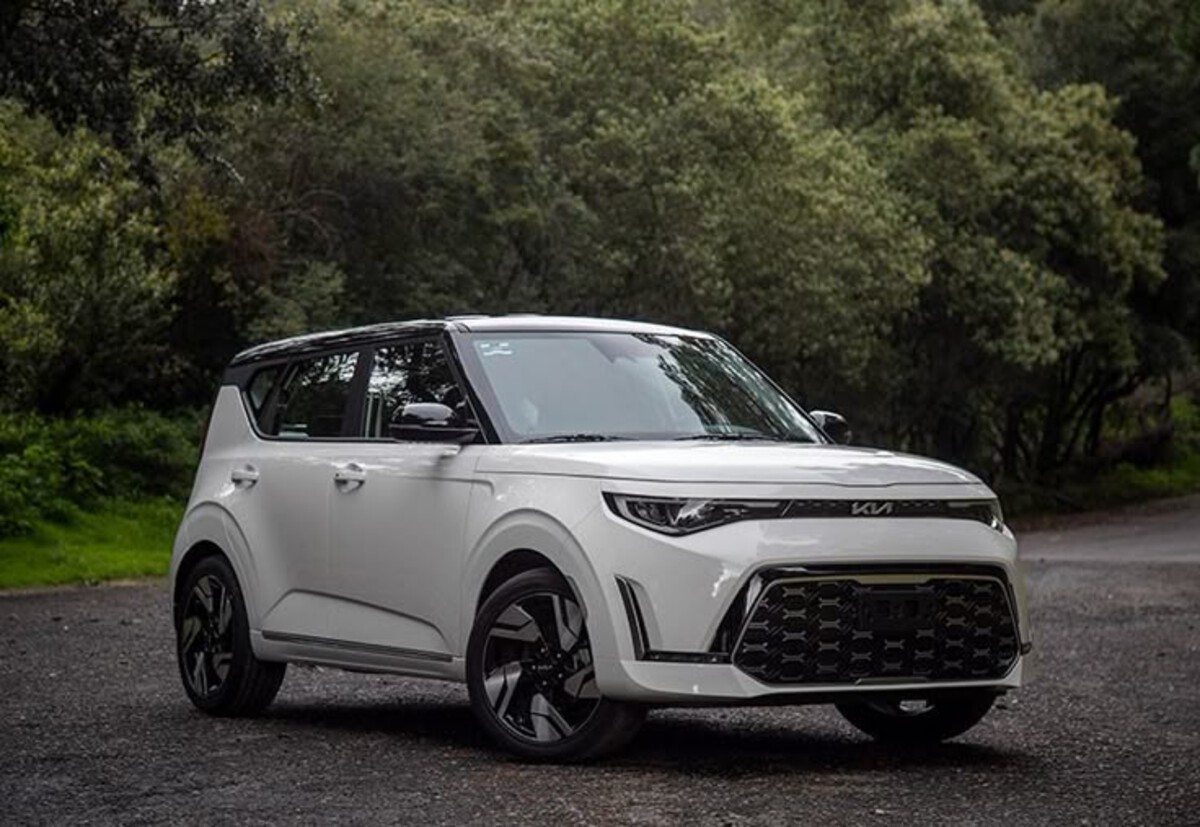
The Soul also resists common city-car problems like overheating in traffic, premature battery failure, or worn-out transmissions under constant stop-and-go strain.
And while earlier Kias used to lag behind in long-term reliability, the 2010–2019 Soul is an exception—it was built during Kia’s quality-focused resurgence, and it shows.
Consumer reliability scores, owner satisfaction ratings, and mechanic feedback all support the same conclusion: this little box is tough.
In summary, the Kia Soul is a surprisingly durable, comfortable, and low-cost city warrior—perfect for anyone who needs a compact car that won’t crack under pressure.
4. Ford Fiesta (2011–2019, Manual Only): Small Footprint, Big Durability—If You Pick the Right One
The Ford Fiesta isn’t always the first car that comes to mind when you think of reliability—but if you pick the manual transmission version from the 2011–2019 generation, it’s one of the best-kept secrets in urban driving.
With sharp handling, excellent fuel economy, and a surprisingly robust build for its size, the manual Fiesta stands up well to city punishment—while avoiding the pitfalls of its automatic sibling.
Let’s be clear: the automatic transmission versions, especially those equipped with Ford’s troubled PowerShift dual-clutch, have earned a poor reputation for jerky performance and early failure.
But the manual Fiesta is a different story entirely. Simple, direct, and bulletproof, its 5-speed gearbox avoids all the transmission drama and gives drivers full control—something that’s especially useful in dense, unpredictable traffic.
Under the hood, the Fiesta’s naturally aspirated 1.6-liter four-cylinder is a solid little workhorse.
It’s efficient, smooth at idle, and has been known to run strong well past 150,000 miles with regular maintenance. It doesn’t overheat in traffic, handles short trips with ease, and holds up to daily abuse better than many competitors in the subcompact segment.
In terms of city maneuverability, the Fiesta excels. Its compact footprint makes it easy to parallel park, dart through tight streets, or U-turn on narrow lanes.
The electric power steering is responsive without being twitchy, and the suspension—while sporty—is firm enough to handle potholes and imperfect roads without rattling the cabin apart.
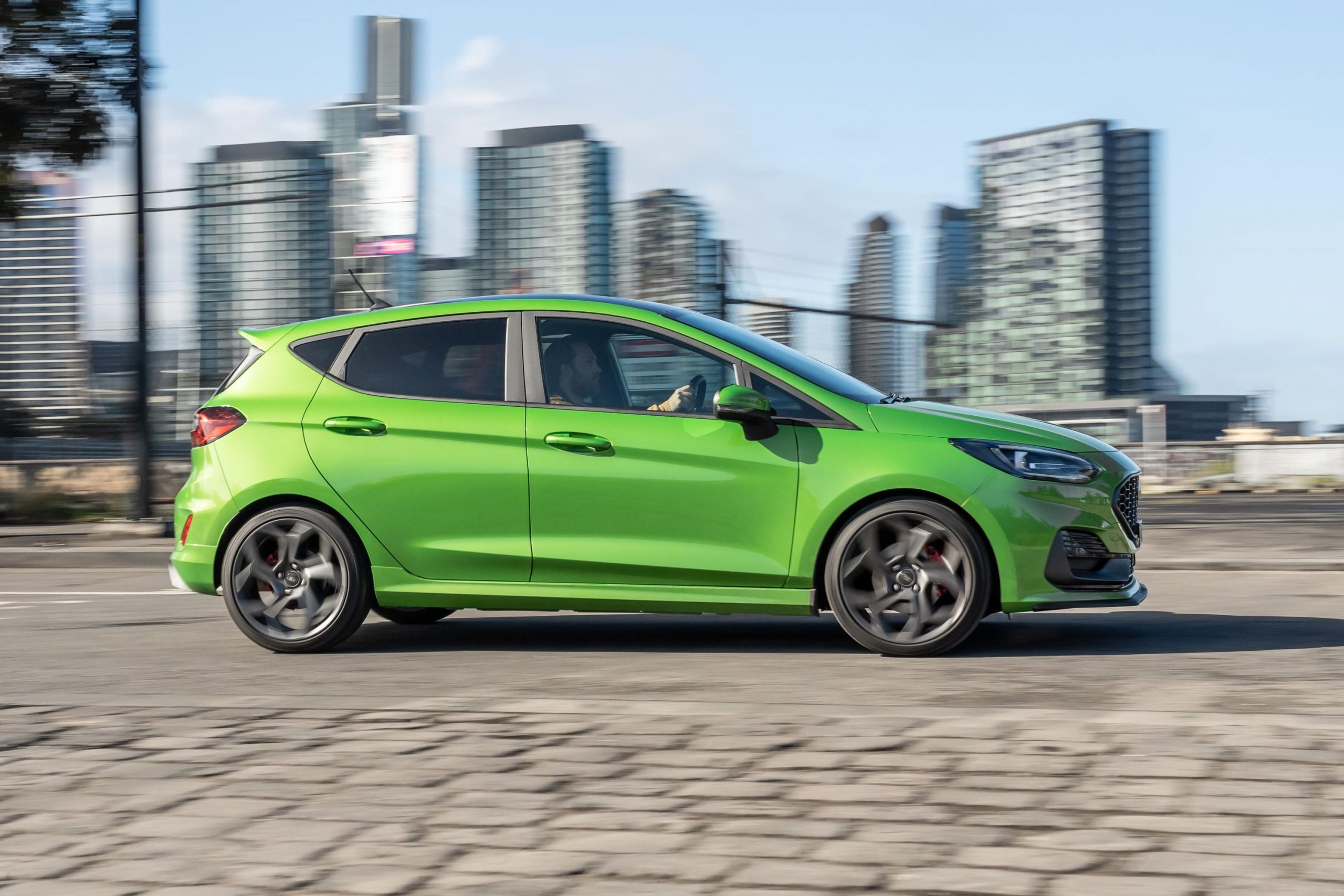
Another city-friendly aspect is its durability in cold starts and repeated ignition cycles. The Fiesta’s ignition and fuel systems are reliable and rarely affected by the short-trip wear that damages other small cars. Routine maintenance is also inexpensive and straightforward, with easy access to critical components.
Inside, the Fiesta might be simple, but it’s smartly laid out, with just enough room for four adults and a usable trunk. The materials are durable enough to survive years of heavy use without falling apart, which is crucial for a city runabout.
In short, the manual-transmission Ford Fiesta offers a rare blend of agility, toughness, and mechanical simplicity. Just avoid the automatic, and you’ve got a compact that handles the daily grind like a champ.
5. Scion xD (2008–2014): Unbreakable Toyota Bones in a City-Friendly Package
The Scion xD might not have made a huge splash during its time on the market, but it’s one of the most underrated, reliable city cars of the last 20 years.
Built on a solid Toyota platform and using a drivetrain shared with the Yaris, the xD combines Japanese durability with a boxy hatchback shape that’s perfect for tight urban environments.
It’s no surprise that many of these cars are still going strong on city streets around the world, despite being discontinued nearly a decade ago.
At just over 154 inches in length, the xD is incredibly easy to maneuver in urban settings. Parking is simple, U-turns are stress-free, and its higher-than-average seating position for a subcompact offers great visibility—essential for dodging traffic, cyclists, and pedestrians in congested areas.
Under the hood lies Toyota’s bulletproof 1.8-liter 2ZR-FE engine, a naturally aspirated four-cylinder known for its simplicity and resilience. It’s an engine that doesn’t mind short trips, heat-soaked traffic, or constant restarts.
Whether paired with the 5-speed manual or 4-speed automatic transmission, the drivetrain is known for being virtually maintenance-free if basic oil changes and fluid checks are done on time.
What really makes the xD shine in city use is its toughness. The suspension is soft enough to soak up cracked pavement but robust enough to handle speed bumps, parking lot dividers, and the occasional curb check.
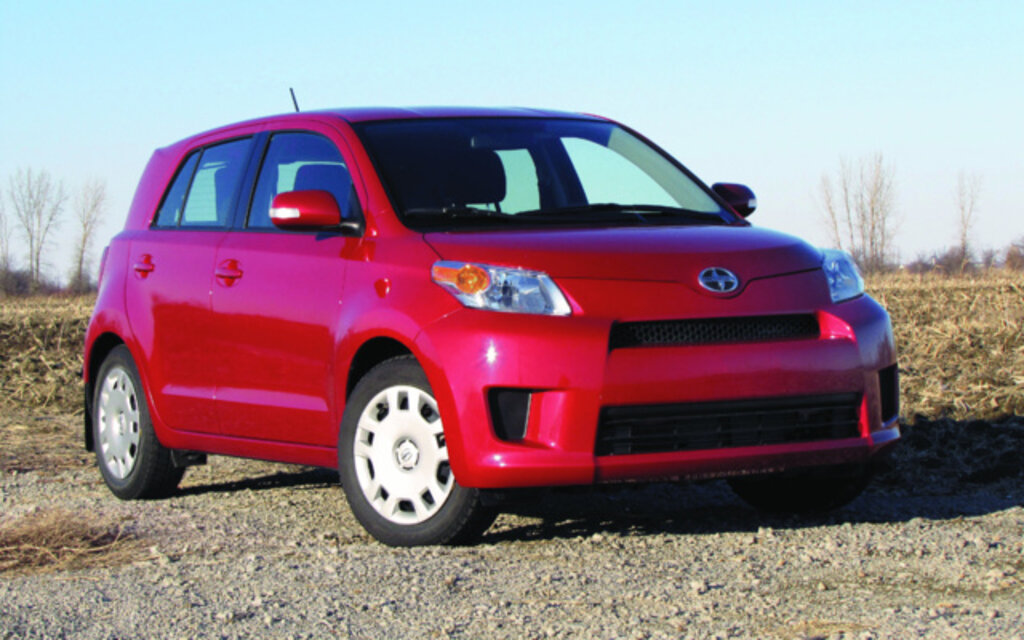
There’s no turbo to fail, no dual-clutch transmission to worry about, and very few sensors that commonly fail from short, stop-and-go trips.
The interior is basic but built to last. Materials are tough, controls are simple, and the rear seats fold flat to create a surprisingly large cargo space for a vehicle this small—making it a practical hauler for groceries, gear, or urban errands.
Because the xD shares parts with other Toyota models, replacement components are inexpensive and widely available. It’s a car that you can run hard, park roughly, and still expect to start without complaint the next morning.
While it never gained much attention in the showroom, the Scion xD has become a quiet legend among city drivers. It’s a tough, compact survivor built on Toyota DNA—and that makes it a true urban champion.
5 That Can’t Handle Urban Abuse
Not every compact car is cut out for the realities of city life. While some vehicles are engineered with resilience and simplicity, others falter under the relentless pressure of stop-and-go traffic, tight parking, harsh roads, and short trip cycles.
These are the cars that might look great on paper—or even in the showroom—but when thrown into the daily grind of urban driving, they reveal fragile underpinnings, sensitive electronics, or maintenance costs that outweigh their practicality.
City environments put unique stress on a car. Constant braking and accelerating wear down transmissions and pads. Potholes and rough pavement punish suspensions. Repeated cold starts and short-distance trips are brutal on batteries and engines.
And tight parking can do a number on sensors, body panels, and steering components. If a car isn’t designed with this in mind, problems appear quickly—and often repeatedly.
In this section, we’ll explore five cars that simply don’t hold up to urban abuse. Some are plagued by unreliable transmissions, while others have complicated systems that can’t handle the constant strain of city life.
A few have high ownership costs that make them poor long-term options for urban dwellers, especially when parts wear faster than expected.
This list isn’t about bashing brands—it’s about separating marketing hype from real-world performance. Just because a car is small and fuel-efficient doesn’t mean it’s suitable for the rough-and-tumble world of city traffic. A true city car needs to be tough, forgiving, and cheap to run.
These five cars may seem like smart choices at first glance, but real-world city usage exposes their weaknesses quickly. Whether it’s frequent repairs, inconsistent starts, or parts that wear out too fast, they’re the models you’ll regret owning once the daily grind sets in.
Let’s take a closer look at five cars that struggle to survive city streets.
1. Smart Fortwo (2008–2018): Perfect Size, Terrible Durability for Real-World City Driving
On the surface, the Smart Fortwo seems like the ultimate city car. It’s tiny—just 106 inches long—making parallel parking and tight alley maneuvers a breeze. It’s economical, quirky, and easy to zip around in.
But the fantasy ends quickly once real-world city abuse starts taking its toll. Despite its microcar appearance and urban marketing, the Smart Fortwo is one of the least durable vehicles for daily city use.
First, there’s the transmission. Nearly every Smart Fortwo from 2008 to 2018 comes with an automated manual gearbox—essentially a manual transmission controlled by computers. It was designed to offer the efficiency of a manual with the ease of an automatic.
In reality, it delivers neither. The shifts are jerky, painfully slow, and become more inconsistent with age. In dense traffic with frequent stop-and-go, this transmission becomes unbearable and, eventually, unreliable.
The drivetrain also lacks refinement. With a tiny 1.0-liter or 0.9-liter engine located at the rear, acceleration is sluggish and low-speed drivability suffers.
And while the rear-engine layout might seem cool, it means poor weight distribution and an unusual ride quality, especially on bumpy city roads. Hit a pothole at the wrong angle, and you’ll feel it in your spine.
But the real problem is reliability. Electronics tend to fail at an alarming rate, especially in older models.
Sensors miscommunicate, key fobs lose synchronization, and electrical modules become unresponsive—issues that disproportionately affect urban drivers, who deal with frequent ignition cycles and short trips.

The Fortwo also has fragile suspension components and underbody protection that doesn’t handle rough pavement or curbs well.
Then there’s the cost. Despite its size, repairs are expensive due to limited parts availability and niche engineering. Many independent mechanics don’t work on Smarts, and dealer service is often the only option—at a premium.
In theory, the Smart Fortwo should be a perfect fit for urban life. But in practice, it’s a car that breaks down too often, drives too poorly, and ages too quickly to handle the abuse of city streets. It’s a classic case of design over durability.
2. Fiat 500L (2014–2020): City-Sized, But Structurally and Mechanically Fragile
At first glance, the Fiat 500L looks like a smart, slightly larger alternative to a compact hatchback—something perfect for urban families or ride-sharing in tight city spaces. It has the Euro charm of a Fiat, upright seating, and plenty of cabin space in a small footprint.
But once you put it through the paces of real city life—bumpy roads, constant stops, aggressive traffic, and tight parking—the 500L’s weaknesses start to pile up fast.
Let’s start with the transmission. Most 500L models come equipped with a 6-speed dual-clutch automatic or a traditional 6-speed automatic, and both have a reputation for poor shift quality and early failure.
In heavy traffic, these transmissions struggle with overheating and hesitation, often jerking or stalling at low speeds—conditions typical of city driving. Clutch packs wear prematurely, and repairs are costly and frequent.
The 1.4-liter MultiAir turbocharged engine, while peppy on paper, doesn’t handle urban abuse well. It’s prone to oil leaks, sensor failures, and overheating if pushed too hard in stop-and-go traffic.
Even routine tasks like spark plug changes can be labor-intensive due to the engine’s cramped layout. Combined with turbo lag and a rough idle, the 500L feels out of sync with the demands of short trips and tight corners.
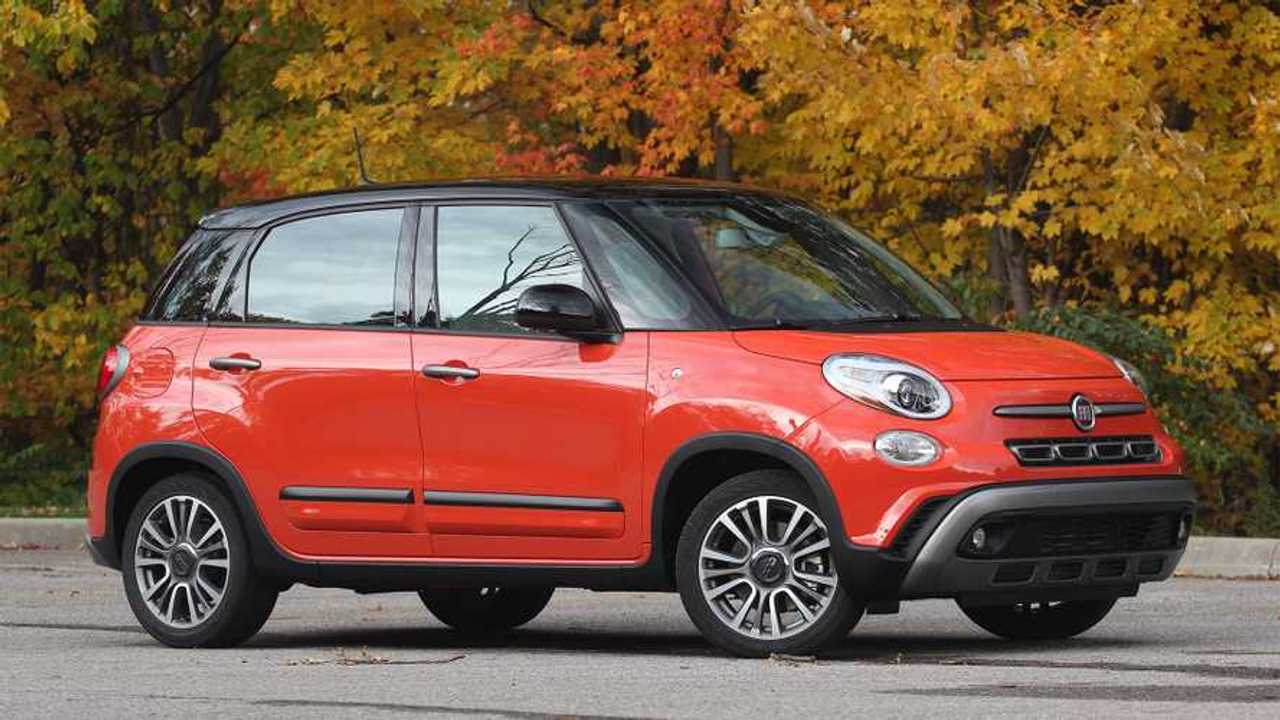
The suspension, while tuned for European roads, simply isn’t built for the pothole-riddled reality of many North American cities.
Struts, bushings, and sway bar links wear out fast, and replacement parts can be surprisingly expensive for a subcompact. You’ll feel every bump, and eventually, you’ll pay for them too.
Inside, the Fiat 500L tries to offer a premium feel, but materials don’t hold up well. Controls wear quickly, infotainment glitches are common, and electronic issues crop up frequently, especially after a few years of constant use. Power window failures and sensor misreads are just part of the 500L’s long list of annoyances.
Despite its appealing design and roomy interior, the Fiat 500L simply can’t take urban punishment in stride.
It’s a car that asks for dealer visits far too often and delivers too little durability in return. If you live in the city and need a car that thrives in chaos, the 500L is one to avoid.
3. Chevrolet Spark (2013–2021): Affordable, But Overwhelmed by Urban Stress
The Chevrolet Spark was designed to be an entry-level solution for city dwellers—cheap to buy, compact to park, and efficient on fuel.
On paper, it ticks all the right boxes for a daily urban runabout. But in practice, the Spark is a reminder that being small and affordable doesn’t automatically make a car suited for the demands of city abuse.
Let’s start with build quality. The Spark’s low price tag comes at a cost—materials, engineering, and durability were all sacrificed to meet aggressive pricing targets.
As a result, the suspension system is fragile and wears out quickly under constant pothole pounding. Struts, mounts, and control arms are common early failure points. With every speed bump or uneven street, the Spark gets a little looser, noisier, and less refined.
Under the hood, the 1.2-liter and later 1.4-liter engines are adequate for city driving in theory but struggle in real-world conditions.
They often feel underpowered when the car is loaded, and because they must work harder just to keep up with traffic, long-term stress on components builds up.
Misfires, ignition coil failures, and sensor issues (especially related to the throttle and crankshaft position) are frequent complaints by owners who drive them in high-density areas.
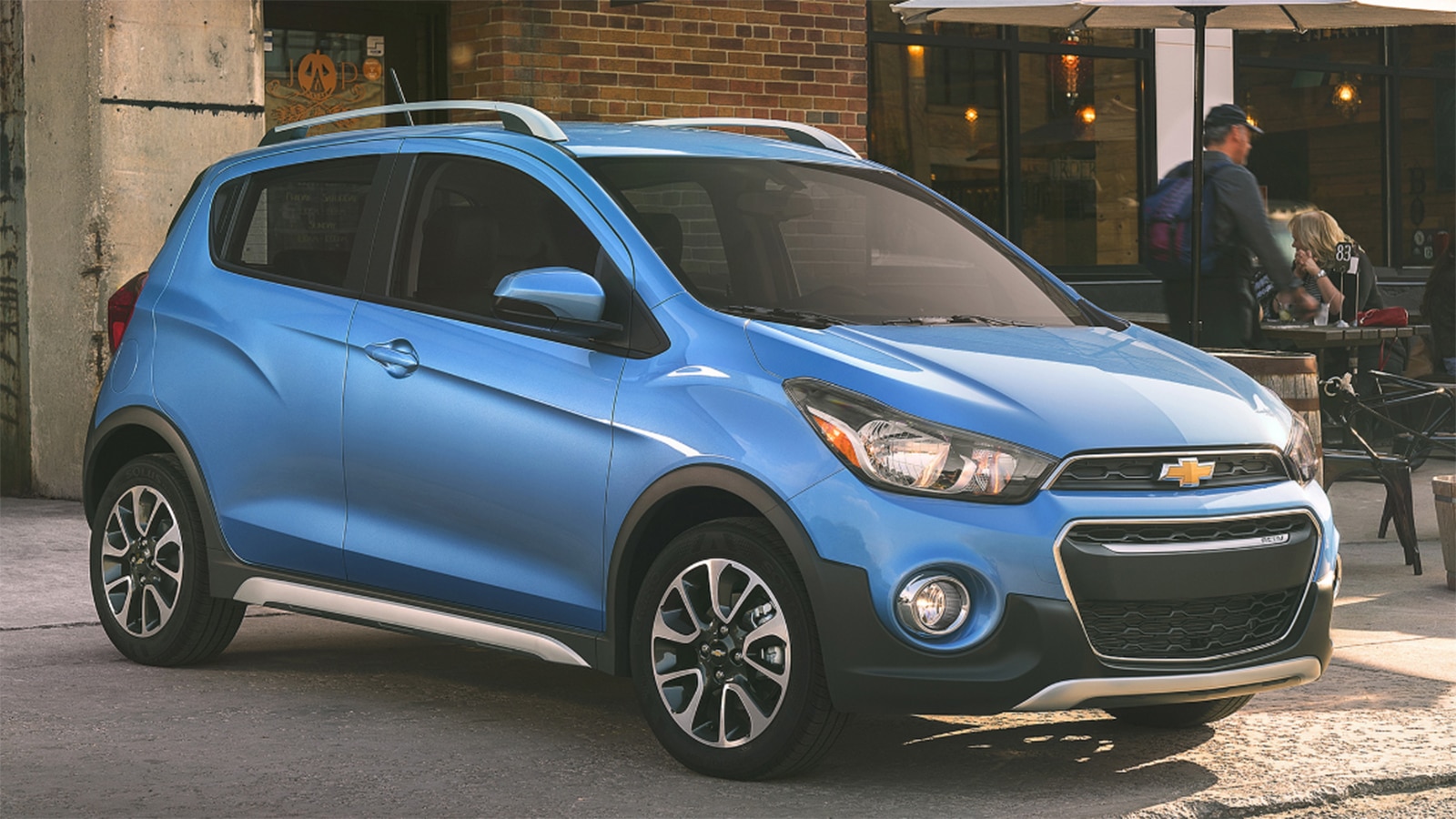
The CVT transmission—standard in most later models—is another sore spot. While early versions were particularly problematic, even updated units have been known to overheat, hesitate, or outright fail when subjected to the constant stop-start rhythm of dense city traffic. Repairs are costly, often requiring a full replacement.
Electrical issues also plague the Spark. From faulty key fob recognition to infotainment malfunctions and inconsistent power delivery to accessories, owners frequently report gremlins that show up with age and urban wear.
Interior wear is another concern. The cheap plastics and thin upholstery show signs of fatigue quickly, and features like power windows, locks, and door handles tend to fail with repeated use—something city cars experience far more than their suburban counterparts.
The Chevrolet Spark may be affordable up front, but it often turns into a money pit after a few years in the city. It simply lacks the durability and mechanical confidence to survive the punishment urban life throws its way.
4. Nissan Versa (2012–2019): Budget-Friendly, But Built Too Light for City Duty
The Nissan Versa earned its reputation as one of the most affordable new cars in America for years—and in many ways, it delivered solid value for suburban commuting.
But when pushed into the demanding world of city life, especially in its 2012–2019 generation, the Versa reveals a long list of flaws that make it ill-suited to the rough and repetitive strain of urban driving.
Let’s begin with the continuously variable transmission (CVT), which is both the Versa’s biggest liability and most frequent failure point.
Nissan’s early CVTs, particularly in the Versa and its hatchback twin the Versa Note, are notorious for overheating in traffic, slipping at low speeds, and even outright failing before 100,000 miles.
This is especially problematic in cities, where constant low-speed movement, stop-and-go traffic, and short trip cycles push these transmissions to their limits.
The 1.6-liter four-cylinder engine itself is modest but serviceable. However, it’s often overstressed in urban environments, especially when paired with the CVT.
Drivers report sluggish acceleration, harsh noise at low speeds, and poor throttle response—all things that make merging or quick maneuvers more stressful than they should be in tight city traffic.
The suspension, while comfortable on smooth roads, isn’t robust enough for urban terrain. Potholes, speed bumps, and broken pavement are absorbed poorly, leading to premature wear of shocks, struts, and alignment components. In cities with rough streets, Versa suspensions simply don’t hold up for long.
Inside, the Versa suffers from low-grade materials that degrade quickly under regular use. Door handles, armrests, window switches, and seat fabrics wear out faster than average—especially with repeated use in short, high-frequency trips.
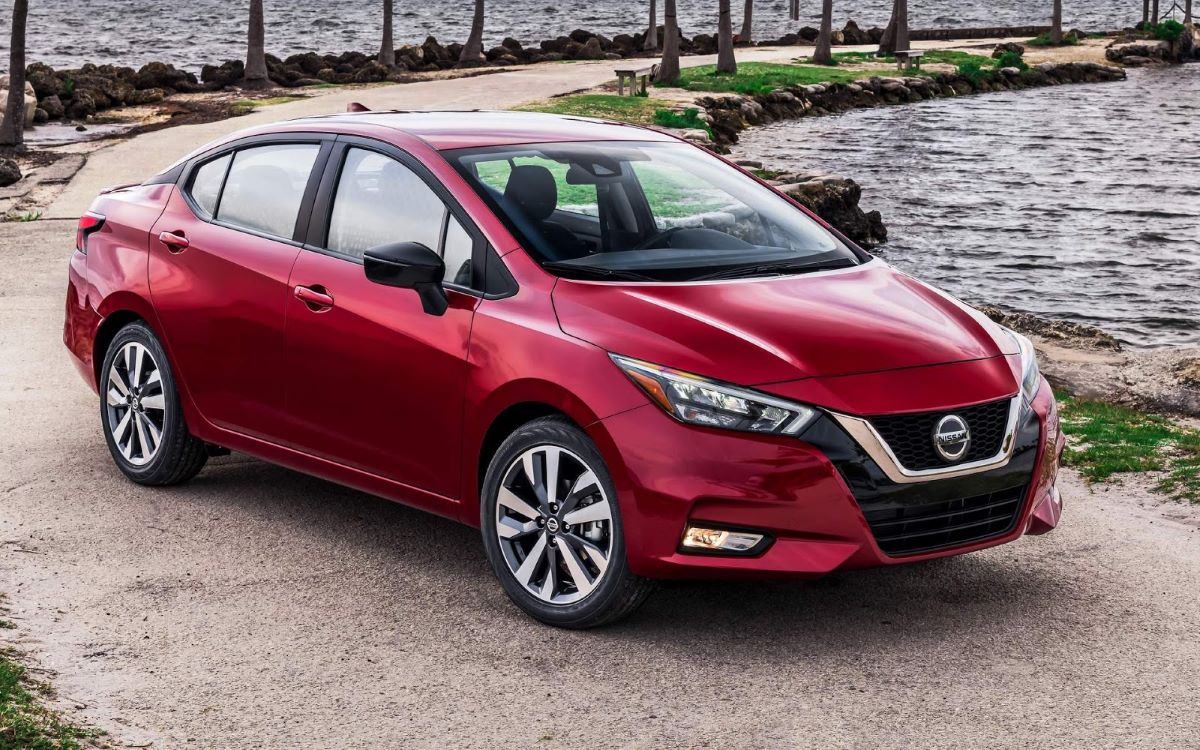
Owners also report rattles and squeaks developing within the first few years, giving the car a cheap and worn-out feel well before its mechanical life is up.
Electronic issues also surface as the car ages. Sensor faults, power window failures, and Bluetooth/infotainment glitches are all common in higher-mileage Versas used for daily urban errands or rideshare duty.
While the Nissan Versa may be a bargain on the showroom floor, that value erodes fast when exposed to the rigors of real city life. For those who need a car that can handle the daily grind without constant complaints, the Versa falls short.
5. MINI Cooper (2011–2016): Premium Looks, Fragile Heart—Especially in the City
The MINI Cooper has long been praised for its fun-to-drive nature, cheeky design, and upscale European styling in a compact package. On paper, it sounds like the perfect urban runabout: small, stylish, and agile enough to dance through city traffic.
But for all its charm, the 2011–2016 MINI Cooper—especially in its base and turbocharged S forms—struggles to withstand the daily wear of urban abuse. It’s a classic case of form over function.
Start with the drivetrain. The turbocharged 1.6-liter engine in Cooper S models (and even the naturally aspirated version in base trims) has a reputation for trouble.
Common issues include carbon buildup on intake valves, timing chain tensioner failures, oil leaks, and water pump problems—all of which are accelerated by the short trips and frequent cold starts typical of city driving. Combine that with the constant stop-and-go grind, and you have a powertrain under continuous stress.
The automatic transmission isn’t much better. It’s known to be jerky and hesitant, and in traffic, it can overheat or deliver inconsistent performance.
Some models were plagued with early failures that left owners stuck with costly rebuilds or replacements—hardly ideal for a city car that needs to be low-maintenance and dependable.
MINI’s suspension, designed for sporty handling, is stiff and unforgiving over rough pavement. While it feels great on smooth curves, it’s miserable on city streets filled with potholes and speed bumps.
Shock and strut wear happens early, and rattles become part of the daily soundtrack. The low ride height also means frequent scraping on curbs, driveway edges, and parking stops.
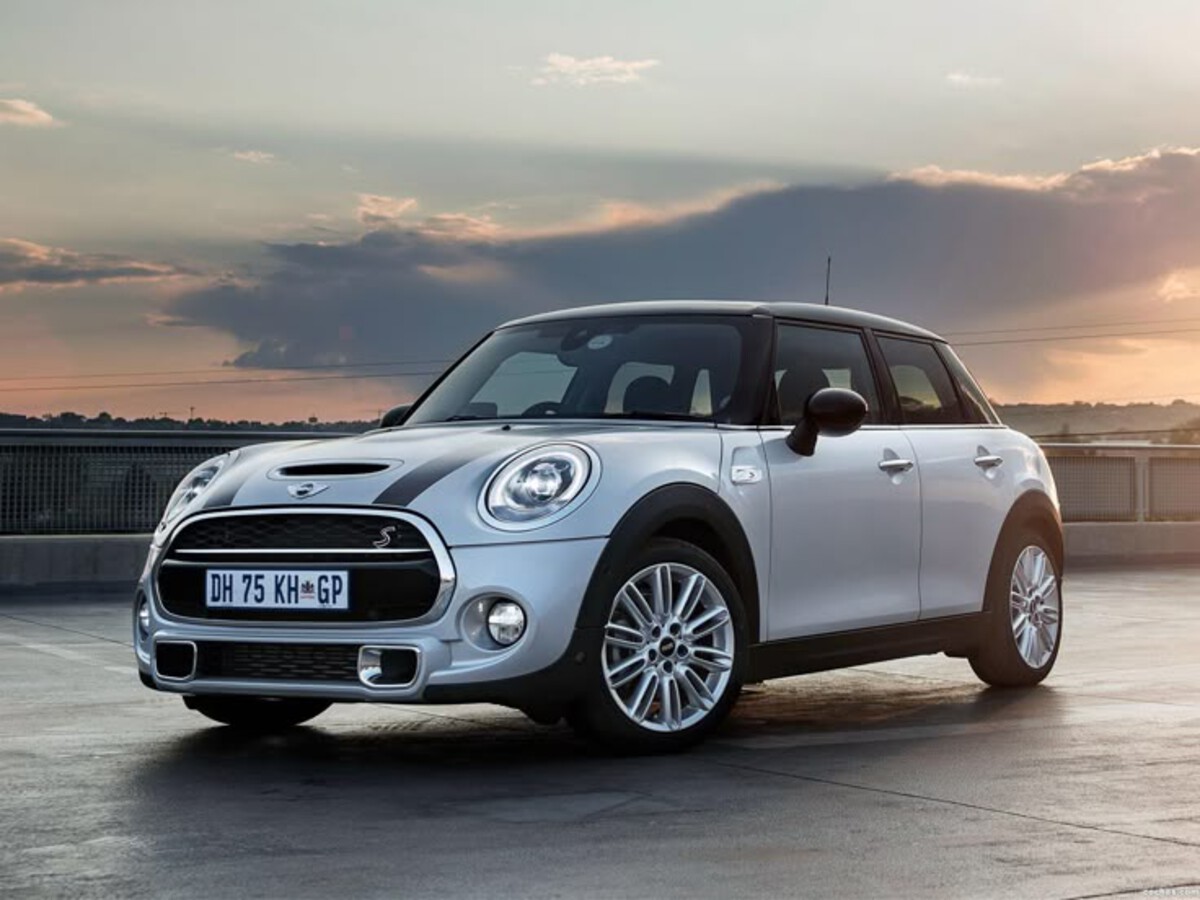
Interior quality is a mixed bag. While the design is stylish, many of the components—like power window motors, interior switches, and infotainment systems—don’t age well under heavy use. City drivers report repeated electrical glitches and frustrating service visits for things that should just work.
Even basic maintenance is a challenge. Parts and labor costs are high, and engine bay access is tight—turning even small jobs into big bills. For a car living in the city, where dings and wear are common, this isn’t sustainable.
The MINI Cooper may have the right size for the city, but it doesn’t have the durability. Underneath the charm lies a car that simply can’t take the urban beating.
Also Read: 5 Cars You’ll See at 300K Miles and 5 You’ll Never See Again

